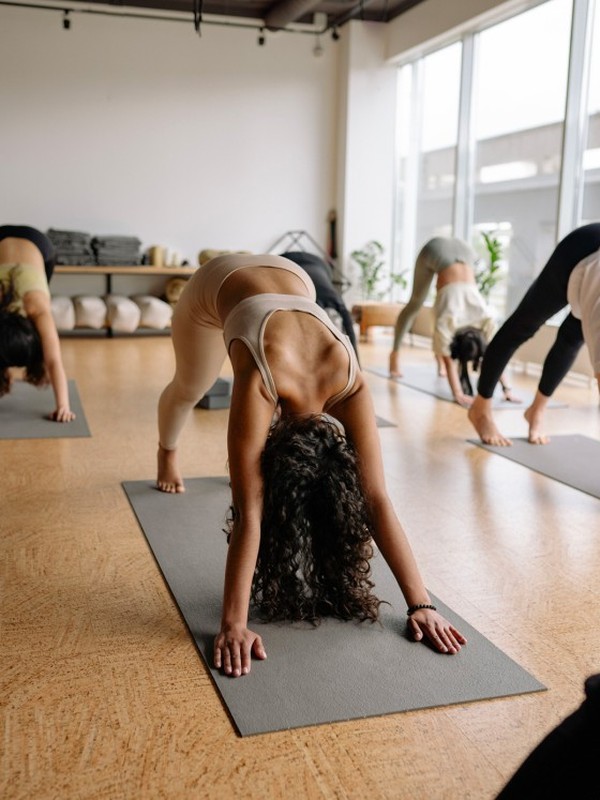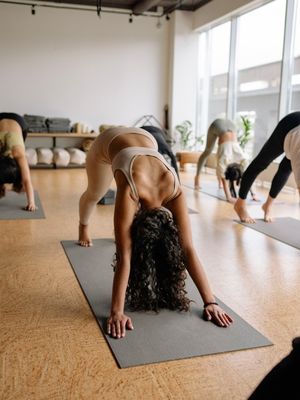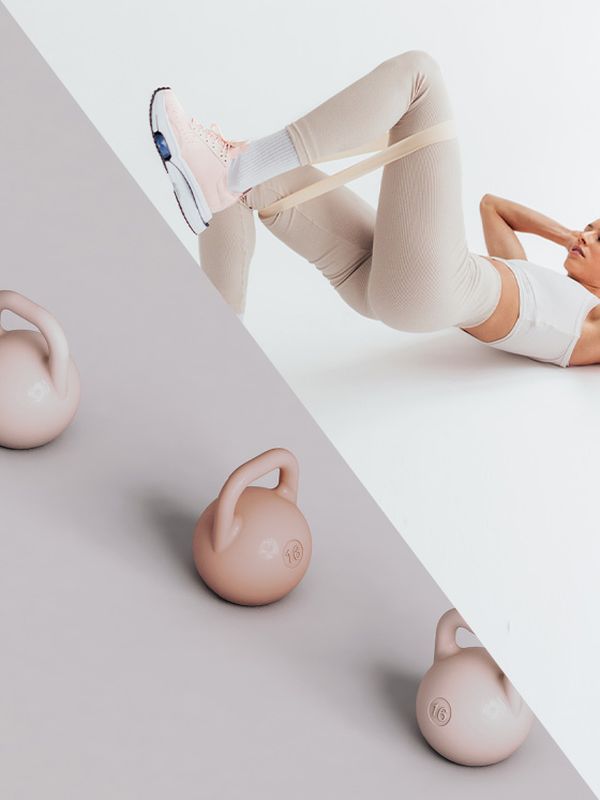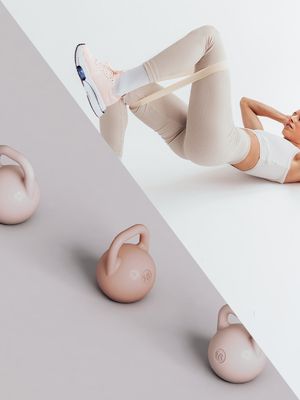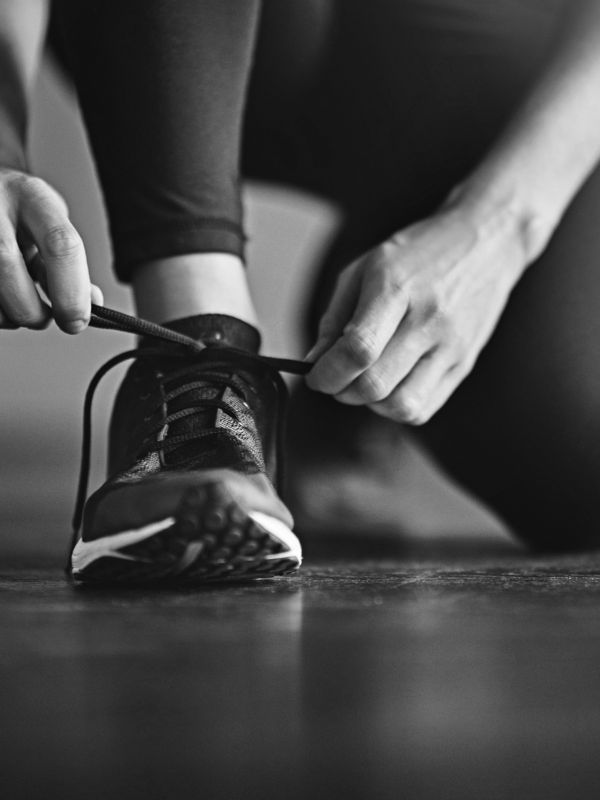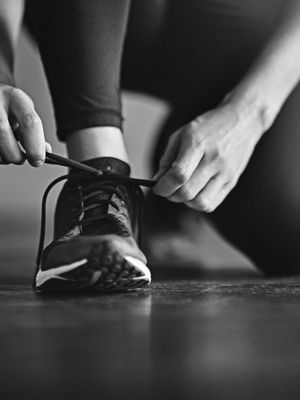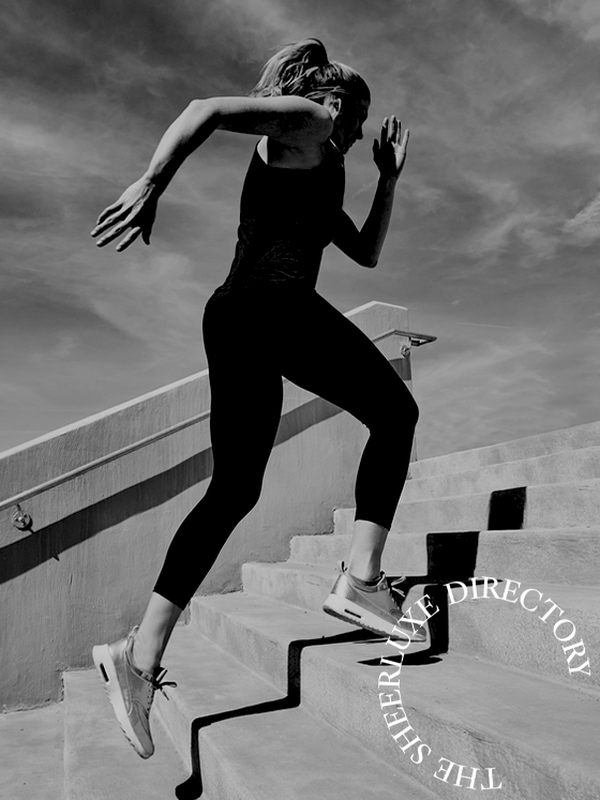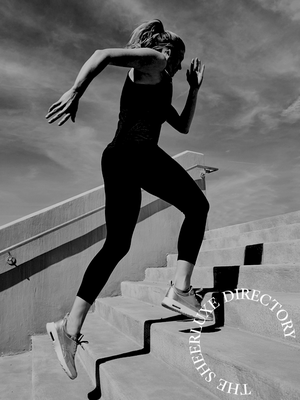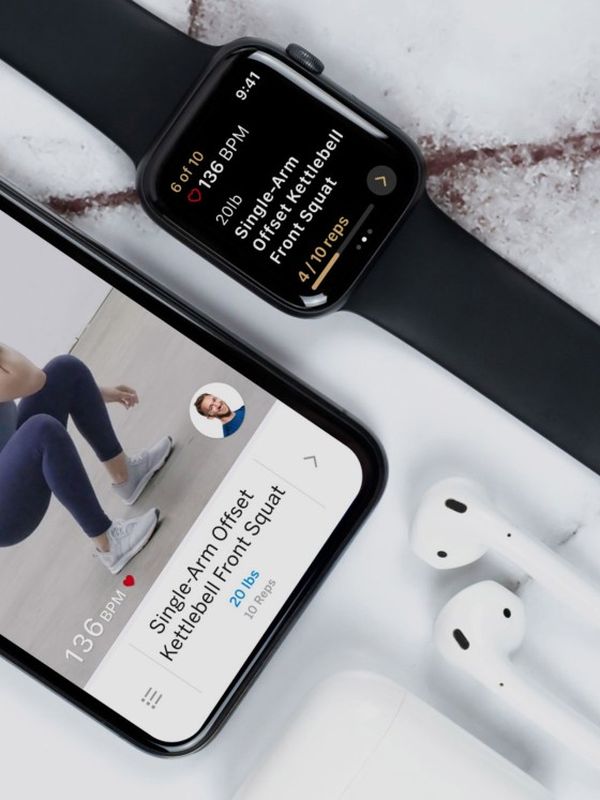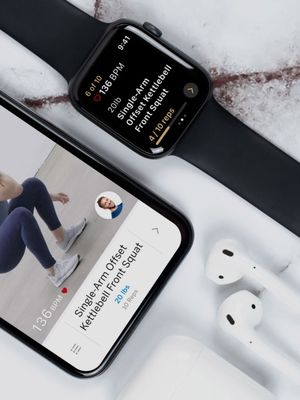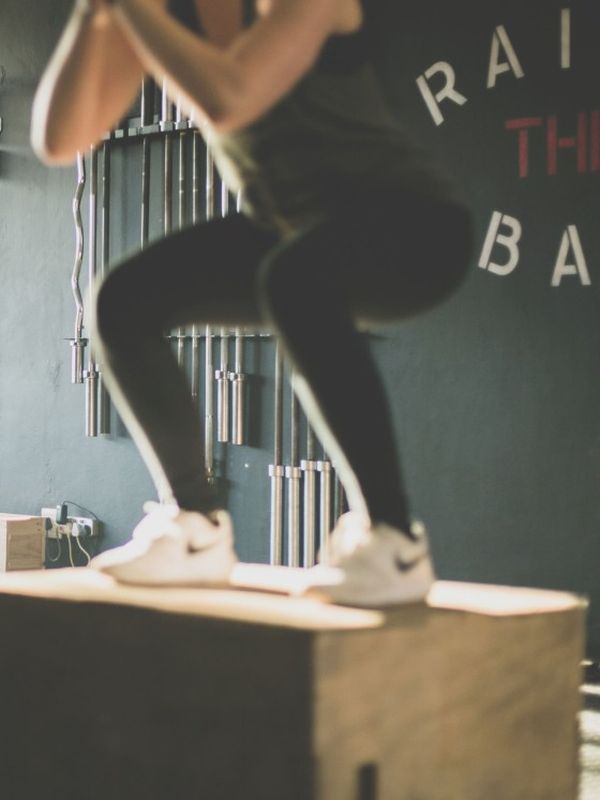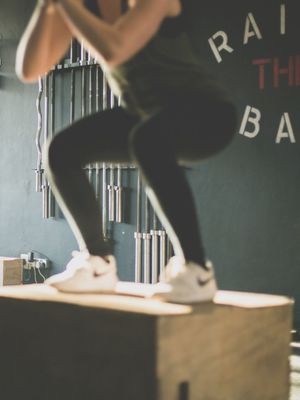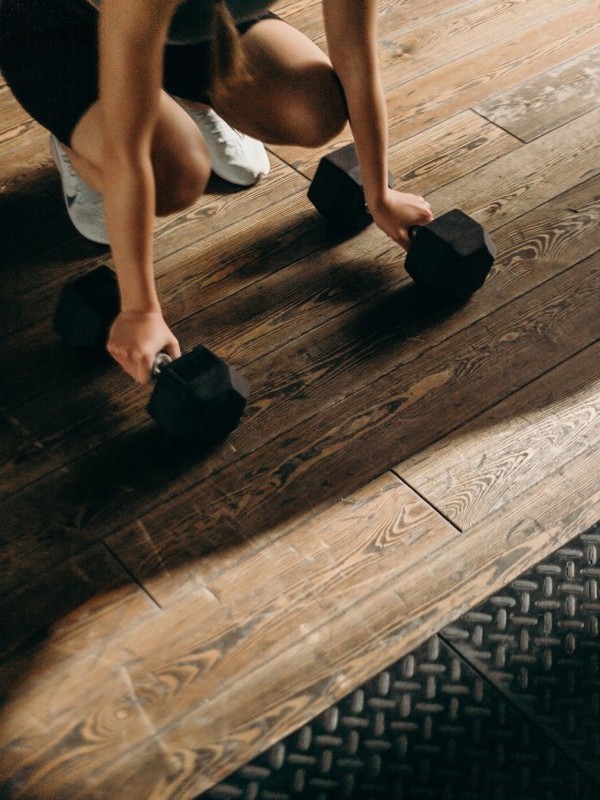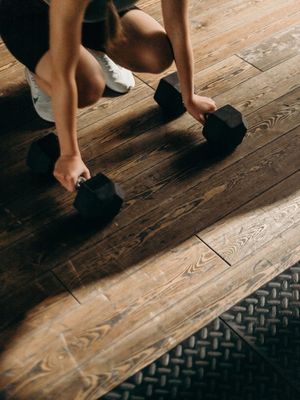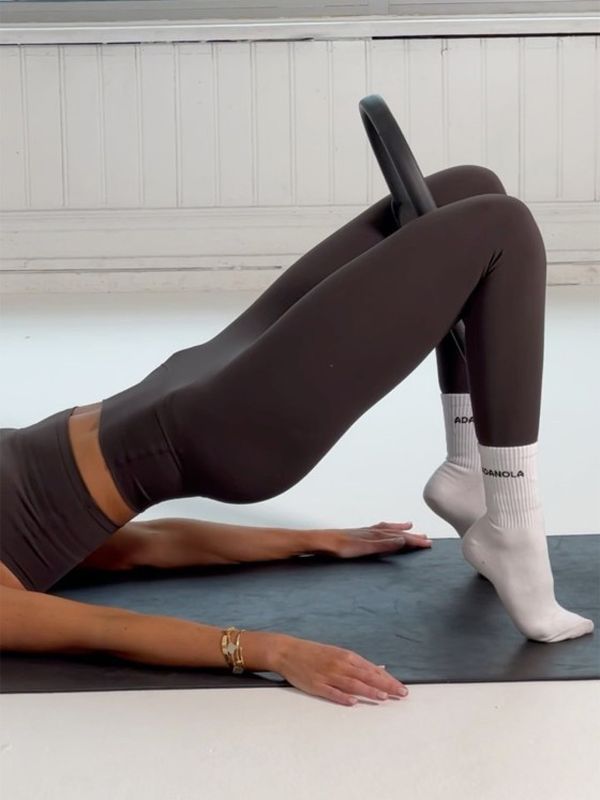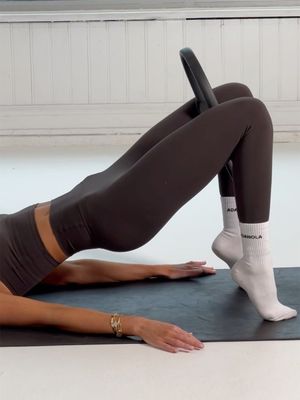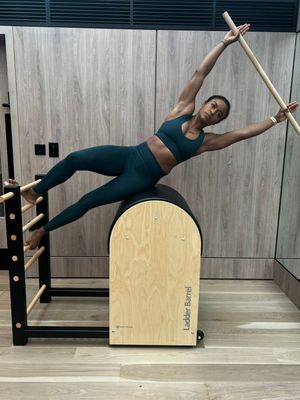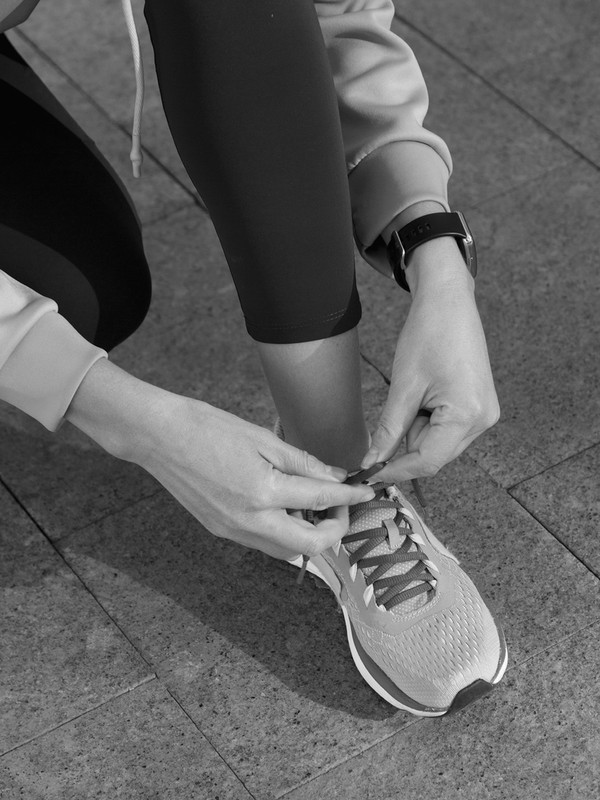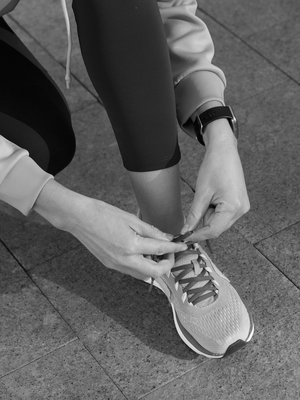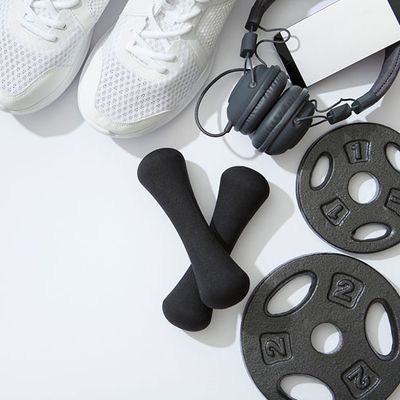
11 Ways To Get Back In The Fitness Game
Understand Your Starting Point
“The amount of fitness you may have lost during lockdown will ultimately depend on what sort of training you’d been doing up until that point, how consistent you were with your pre-lockdown training, and where your fitness levels were before it all slowed down. You can expect your endurance to start fading after roughly a fortnight, and muscular strength after a month, but the loss is gradual. If you trained consistently before this period of inactivity, your muscle mass and strength can return to near previous levels within just a few weeks or months. In general, a regular gym-goer can take up to three or four weeks off without seeing a noticeable drop in your strength performance, and half the battle on return is actually psychological (i.e. you mentally lose the ability to lift heavy) whereas the body remains surprisingly able.” – Lucie Cowan, PT & senior trainer at Third Space London
…But Recognise It’s More Complicated If You’re A Runner
“Studies suggest cardio fitness may diminish faster. If you trained regularly up to the pandemic, and cut back on your exercise during lockdown, while still maintaining it at a minimum level with online HIIT classes, or running and cycling, for example, chances are you prevented yourself from losing all your cardio fitness. According to a study of 21 runners who participated in the 2016 Boston Marathon, who then significantly reduced their exercise output from running about 32 miles a week up until the event, to only three or four miles a week, running that small amount helped them maintain their basal level of cardio fitness. Typically, the fitter you were before lockdown, the more quickly you’ll be able to return back to your pre-lockdown fitness levels.” – Lucie
Take A Balanced Approach
“Instead of setting your sights on ‘getting fit quick’, try to shift the focus towards getting back to exercise in a way that feels enjoyable, is sustainable in the long term and leaves you feeling good afterwards. To achieve long-term results, balance the immediate, short-term effects of cardio with the long-term, sustainable results from a consistent strength-training programme. Start with one or two sessions of each type of training per week, ensuring you never prioritise one over the other.” – Lucie
Don’t Forget The Warm-Up
“Always make sure you do a thorough warm-up before your session, regardless of your workout. Focus on mobility, especially if you are just getting back into training. Mobility work isn’t too taxing on the body and will help you to better undertake certain exercises – for example, mobility work can enable you to squat deeper, and generally have a better technique going forward.” – Chloe Laureyns, instructor at Digme
Think About Your Core
“One of the most important things you can do to ensure your return to exercise is injury-free is to work on your core strength. This is so often neglected, and I cannot emphasise its importance in the long term. The core is much more than ‘getting a six-pack’ – its role is to stabilise and protect your spine, creating structural integrity within your body, enabling you to do all the cardio, HIIT and strength work we put our bodies through. It may not leave you in a pool of sweat or flying high on adrenaline, but 15 minutes of core work is crucial for a strong and healthy body.” – Lucie
Rely On Strength To Drop The Pounds
“If you want to lose some lockdown weight, it’s not always best to focus on cardio. Instead, look to strength training. The great thing about lifting weights is that you’ll start to build more muscle, and the more muscle mass you have, the more calories you’ll burn in your day-to-day life, which also helps to achieve a calorie deficit, something that is essential for weight loss. Never be afraid to go for those heavy weights, either – remember you can really get your heart rate up by lifting, and it’s great for getting the endorphins pumping.” – Chloe
Recorrect Imbalances
“Lockdown could have created lots of imbalances within your body, notably from sitting too much. Spending time mobilising your anterior body (front) so your chest, anterior shoulders and hip flexors is super important. Additionally, strengthening your posterior chain (back body) should also be a big priority, so working your glutes, upper back and hamstrings. Combining stretching and strength exercises such as Romanian deadlifts, pull-ups and rows would be a great idea at this time and when returning to the gym after time off.” – Sean Kazab, fitness program manager at Fiit
Prepare For the DOMS
“With sudden changes in workout and training programmes comes inevitable muscle soreness, aka, delayed onset muscle soreness (DOMS). The tender feeling experienced in the muscles is ‘delayed’ as it takes time for many of the metabolic and physiological processes our bodies undergo to mend the microscopic muscle tears to manifest as muscle pain. Stress to muscles from exercise causes tiny microscopic tears to appear in our muscle fibres, which serves a purpose: when those fibres rebuild, the muscle fibres thicken, and the muscle becomes stronger. Mild soreness after a workout is generally not a bad thing and is to be expected when a new training stimulus is introduced to our muscles, but don’t ignore pain. As a general rule, if you still experience DOMS on a day you feel you want to exercise, keep it low impact. Try a session in the pool so muscles can benefit from some water compression to reduce inflammation. The best way to prevent DOMS is to be sure you’re building up your activity gradually.” – Lucie
Stick To What You Know
“Go back to the training you were doing pre-lockdown – this will mean your body will react better, and, having had some time away from the gym, you may well perform better. Mix up your training programme every six to eight weeks to keep seeing results. Just remember to ease yourself in slowly – the most common mistake people tend to make is doing too much, too soon. It’s common for people who haven’t trained for months to suddenly go straight back into five hard sessions each week, which can lead to fatigue and injuries after four to six weeks.” – Chloe
Establish A Routine
“Creating routine is the best way to make new habits stick. Pre-plan your days or weeks – new routines are tricky to adhere to initially, yet surprisingly easy to maintain once you’re in the rhythm. Create new exercise norms and develop new workout habits, and your world will feel a little less chaotic. It’s essential to prioritise sleep the night before a workout, and always try to fit in a workout first thing before the day gets away with me, and my session ends up bottom of the priority list.” – Lucie
Start Slow
“If getting back to your old training habits feels overwhelming, start with something easy. If going to the gym for a heavy lifting session feels too daunting, get outside and go for a brisk walk or a light jog, just to get moving. As soon as you start with something small and feel good from that, you’ll want to continue on and get back into your healthy habits. You don’t have to commit to a long session either; if an hour feels too daunting, then just commit to working out for 20 minutes and build it up from there. Try to shift the focus from the outcome of your exercise (for example, how many calories you burnt or what weighs you lifted) to simply how amazing you feel afterwards, remembering that post-workout high. After you complete a couple of these shorter, feel-good sessions, begin to take steps to start making it a habit again, by setting yourself a short one-month goal to work towards, picking something you know is achievable.”– Lucie
For more information visit ThirdSpace.London and DigmeFitness.com
*Features published by SheerLuxe are not intended to treat, diagnose, cure or prevent any disease. Always seek the advice of your GP or another qualified healthcare provider for any questions you have regarding a medical condition, and before undertaking any diet, exercise or other health-related programmes.
DISCLAIMER: We endeavour to always credit the correct original source of every image we use. If you think a credit may be incorrect, please contact us at info@sheerluxe.com.
